Over the years, some have said that there is little difference between our two major political parties. This is certainly a favorite characterization made by third-party members like Libertarians, who actually represent the extremes of both major parties. However, if they are so much alike, why haven’t we had record numbers of bills passed by Congress in recent years?
One of the reasons for the acceptance of this characterization is the similar language used by both sides. Republicans have a well-founded message machine developed and refined over several decades. Democrats don’t. Democrats just use the Republican talking points preceded by a negative. Thus Republicans make statements and Democrats repeat them.
Another fact that makes them appear the same is the disproportionate pressure released against them by the unrestrained “freedoms” of the ONE%. The CEOs, major stockholders, Koch Brothers, the Walton family of Wal-Mart, and other billionaires – through coalitions like The Gang of Six – not only fund election campaigns but spend lots of face time in the offices of their Congressional representatives.
However, as documented throughout this blog, there is one key difference between the two parties of today. The Republican party has become extremely authoritarian in nature. They are an army and march in lockstep farther and farther to the right. (It’s these same Republican who enabled the Citizens United Decision.)
Democrats, on the other hand, remain fractured and have forgotten how to express their progressive values as they repeat the conservative dogma which automatically suppresses their progressive ideals. They become unwitting accomplices to the Republican message machine. They should, instead, speak out on how each of us is responsible for each other, and for a necessary government that protects and empowers all its citizens equally.
Frankly, I wish the two parties were more alike, and less partisan – as they were before Grover Norquist, Karl Rove, and Ronald Reagan. Before 1980, and the further back you look, there was a mix of political views in both parties. Our post WWII and pre-Reagan history shows the two parties were more alike than now, and, most importantly, got stuff done.
Case in point: Here is a quote from retired Senator Evan Bayh, son of Senator Birch Bayh, from Who Stole the American Dream by Hedrick Smith. Both Senators are Democrats. Senator Evan Bayh describes his father’s situation in 1968, when his father was seeking re-election for his second of three terms:
[Senator] Everett Dirksen, the Republican leader, approached him [Senator Birch Bayh] on the Senate floor, put his arm around my father’s shoulder, and asked what he could do to help. This is unimaginable today.
Hedrick Smith also summarized the change of the Republican party with the following juxtapositions:
In the latest Congress, Republican Senate moderates have dwindled from the twenty-two recruited by Dirksen on civil rights to just three …. In the House, the sixty-five [Republican] moderates who voted for Medicare with [President] Johnson have shrunk to fewer than a dozen.
The swing to the Republican [authoritarian] Right has been especially strong in the South. … shot up from just 4 Senate seats to 20, and from 14 House seats to 102.
We need two parties more alike, centrist, but with Democrats who can talk their progressive values. We also need to overturn Citizens United and regain control of our Congress.




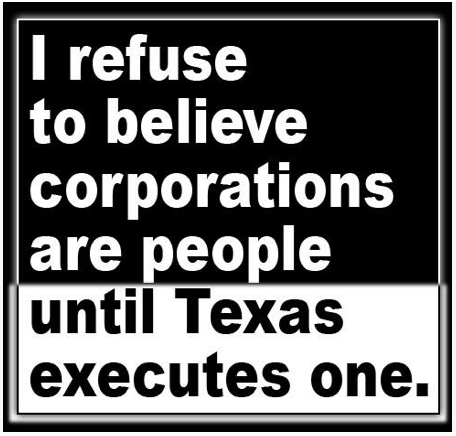
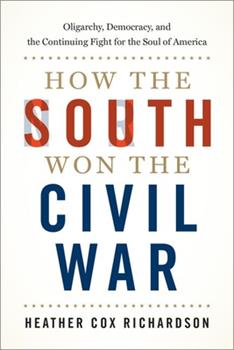
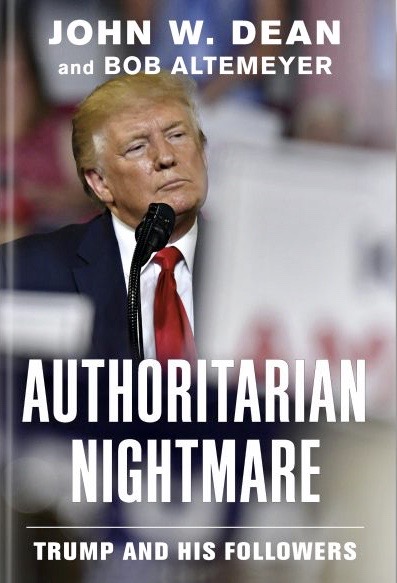
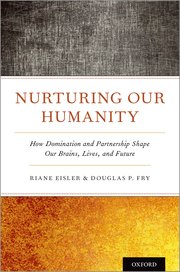
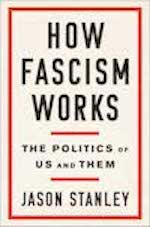
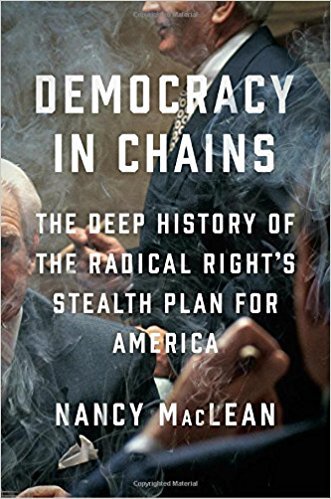
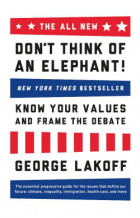
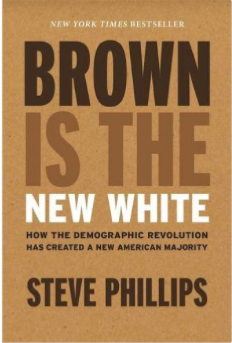

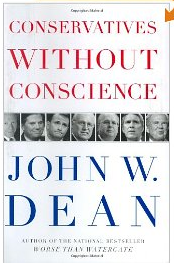
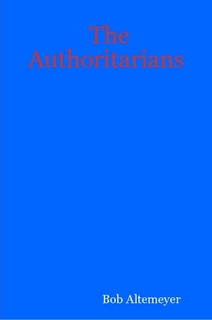
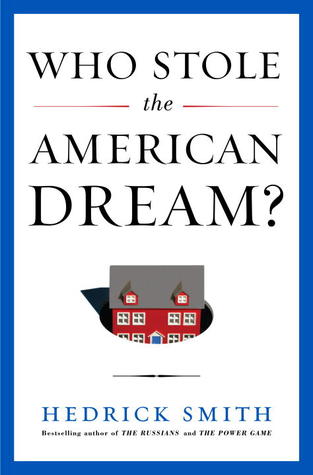
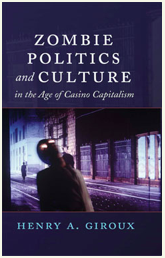
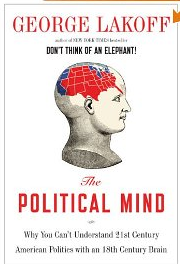
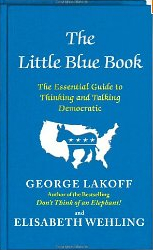
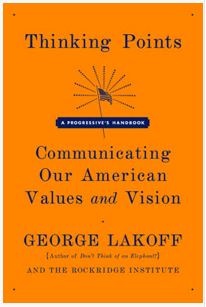
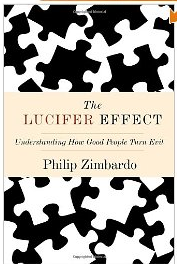
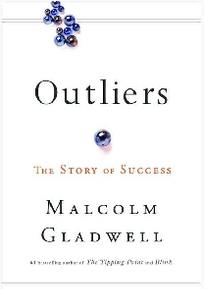
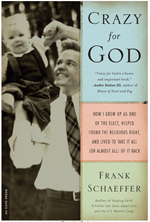
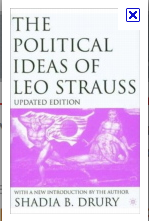




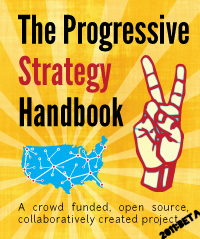
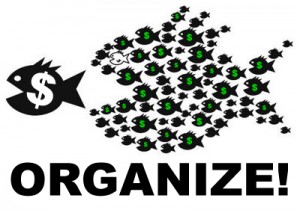

One Response to Our Two Major Political Parties – The Illusion and Realities of Their Essences